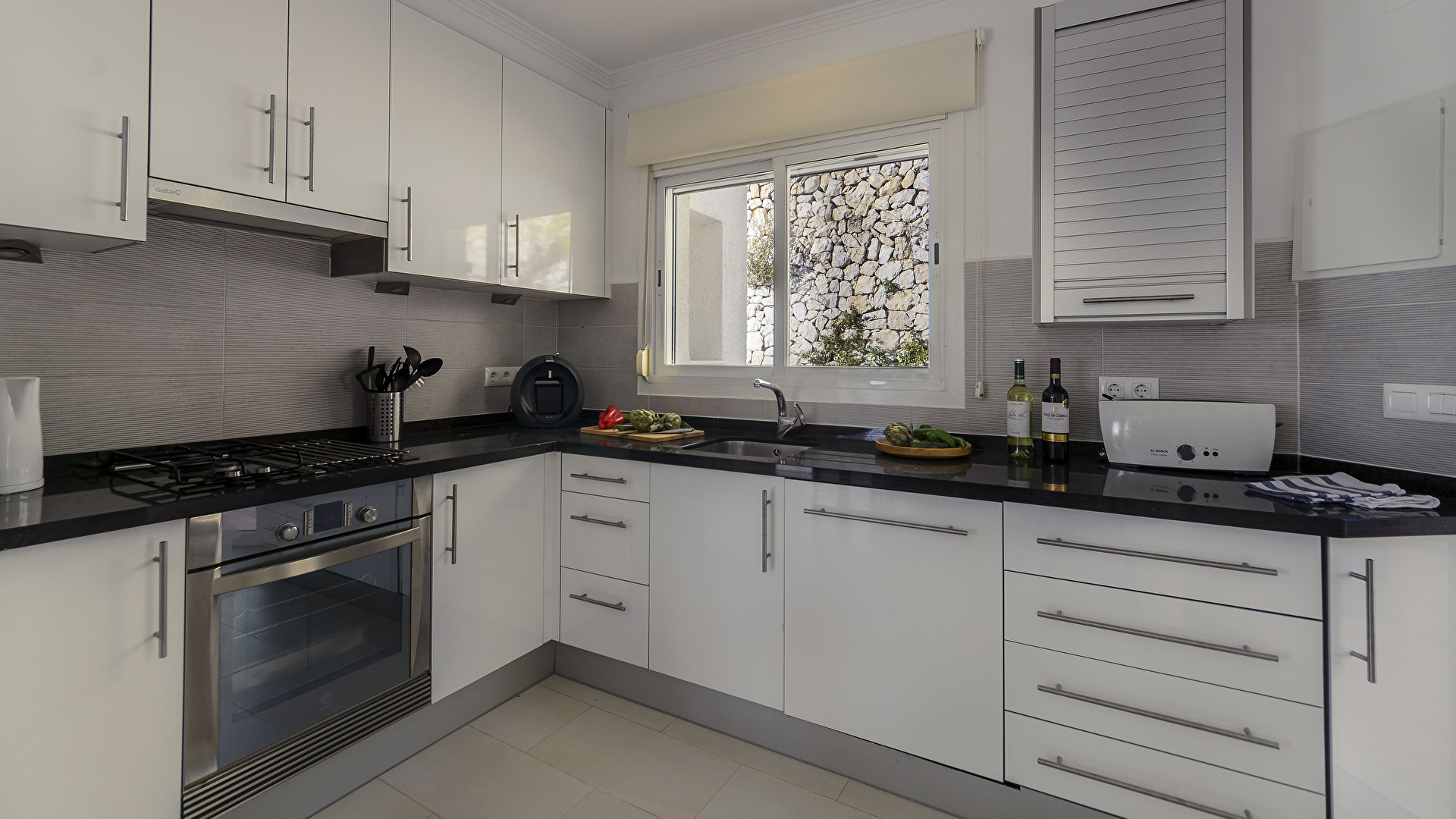In today’s world, where environmental consciousness is on the rise, homeowners are increasingly seeking ways to reduce their carbon footprint and live more sustainably. One significant area where eco-friendly practices can be implemented is in the kitchen. From energy-efficient appliances to sustainable materials, there are numerous ways to remodel your kitchen with the environment in mind.
Energy-Efficient Appliances
One of the most impactful steps you can take towards creating an eco-friendly kitchen is investing in energy-efficient appliances. Look for products that are Energy Star-rated, as they are designed to consume less energy while still delivering top-notch performance. Energy-efficient refrigerators, dishwashers, and ovens not only save electricity but also help lower utility bills in the long run.
Water-Saving Fixtures
Conserving water is another essential aspect of eco-friendly kitchen remodeling. By installing low-flow faucets and showerheads, you can significantly reduce water consumption without sacrificing functionality. Additionally, opting for water-efficient dishwashers and sinks can further minimize water waste in the kitchen.
Sustainable Materials
When choosing materials for your kitchen remodel, opt for eco-friendly options that minimize environmental impact. Consider countertops made from recycled glass or sustainable materials like bamboo and cork. These materials not only add a unique aesthetic to your kitchen but also contribute to a greener home.
Natural Lighting and Ventilation
Maximizing natural light and ventilation in your kitchen can significantly reduce the need for artificial lighting and air conditioning. Install skylights and windows strategically to allow ample sunlight to illuminate the space. Additionally, incorporate ventilation systems to improve air quality and reduce reliance on mechanical cooling.
Composting and Waste Management
Implementing composting systems in your kitchen is a practical way to reduce food waste and create nutrient-rich soil for gardening. Set up compost bins for fruit and vegetable scraps, coffee grounds, and eggshells. Additionally, make use of recycling bins and aim to reduce single-use plastics wherever possible.
Energy-Efficient Lighting
Switching to energy-efficient lighting options such as LED or CFL bulbs can significantly reduce energy consumption in your kitchen. These bulbs consume less electricity and last longer than traditional incandescent bulbs, making them a cost-effective and eco-friendly choice. Consider installing smart lighting systems that allow you to control lighting levels and energy usage remotely.
Green Insulation
Proper insulation is crucial for maintaining a comfortable indoor environment while minimizing energy waste. Choose eco-friendly insulation materials such as recycled denim or cellulose fiber, which offer excellent thermal performance without harming the environment. By improving insulation in your kitchen, you can reduce heating and cooling costs while lowering your carbon footprint.
Indoor Air Quality
Indoor air quality is essential for a healthy home environment, especially in the kitchen where cooking can release pollutants and odors. Choose low-VOC (volatile organic compound) paints and finishes to minimize off-gassing and air pollution. Additionally, consider installing air purifiers and incorporating houseplants that naturally filter toxins from the air.
Smart Home Technology
Integrating smart home technology into your kitchen can further enhance its eco-friendliness. Smart thermostats allow you to control heating and cooling systems more efficiently, reducing energy waste. Energy monitoring systems provide real-time data on energy usage, helping you identify areas for improvement and optimize energy efficiency.
Community and Local Sourcing
Supporting local artisans and craftsmen is not only a sustainable choice but also adds a personal touch to your kitchen remodel. Look for locally sourced materials and products to reduce transportation emissions and support your community’s economy. Additionally, consider using reclaimed materials for a unique and eco-friendly design aesthetic.
Certifications and Eco Labels
When selecting products for your eco-friendly kitchen remodel, pay attention to certifications and eco labels that indicate environmental friendliness. Look for labels such as Energy Star, WaterSense, and Forest Stewardship Council (FSC) certification, which verify that products meet stringent environmental standards. By choosing certified products, you can ensure that your kitchen remodel aligns with your sustainability goals.
Cost Considerations and ROI
While eco-friendly kitchen remodeling may involve upfront costs, it’s essential to consider the long-term savings and return on investment (ROI). Energy-efficient appliances and sustainable materials often pay for themselves over time through lower utility bills and increased home value. By investing in eco-friendly upgrades, you not only reduce your environmental impact but also save money in the long run.
Tips for Eco-Friendly Living Beyond the Kitchen
Incorporating sustainability into your lifestyle goes beyond just the kitchen. Extend eco-friendly practices to other areas of your home, such as using energy-efficient lighting throughout your house, reducing water consumption in the bathroom, and implementing recycling and composting systems throughout your home. By adopting eco-conscious habits, you can make a positive impact on the environment and inspire others to do the same.
Conclusion
Eco-friendly kitchen remodeling offers numerous benefits, from reducing energy and water consumption to promoting a healthier indoor environment. By incorporating sustainable solutions such as energy-efficient appliances, water-saving fixtures, and eco-friendly materials, homeowners can create a greener home while enjoying long-term savings and environmental benefits. By making environmentally responsible choices in the kitchen, we can all contribute to a more sustainable future for generations to come.
FAQs
- Is eco-friendly kitchen remodeling expensive?
- While some eco-friendly upgrades may have higher upfront costs, they often pay for themselves over time through energy savings and increased home value.
- Are there government incentives for eco-friendly home improvements?
- Yes, many governments offer tax credits and rebates for energy-efficient home improvements, including eco-friendly kitchen remodels.
- Can I still achieve a stylish kitchen with eco-friendly materials?
- Absolutely! There are numerous eco-friendly materials available, from recycled glass countertops to bamboo flooring, that offer both sustainability and style.
- How much water can I save with water-efficient fixtures?
- Water-efficient fixtures such as low-flow faucets and showerheads can reduce water usage by up to 30% or more compared to traditional fixtures.
- What are some easy ways to make my kitchen more eco-friendly?
- Simple changes such as switching to LED lighting, using reusable containers instead of plastic, and composting food waste are easy ways to start making your kitchen more eco-friendly.
